Feeding Pomegranates: Learn About Fertilizer For Pomegranate Trees
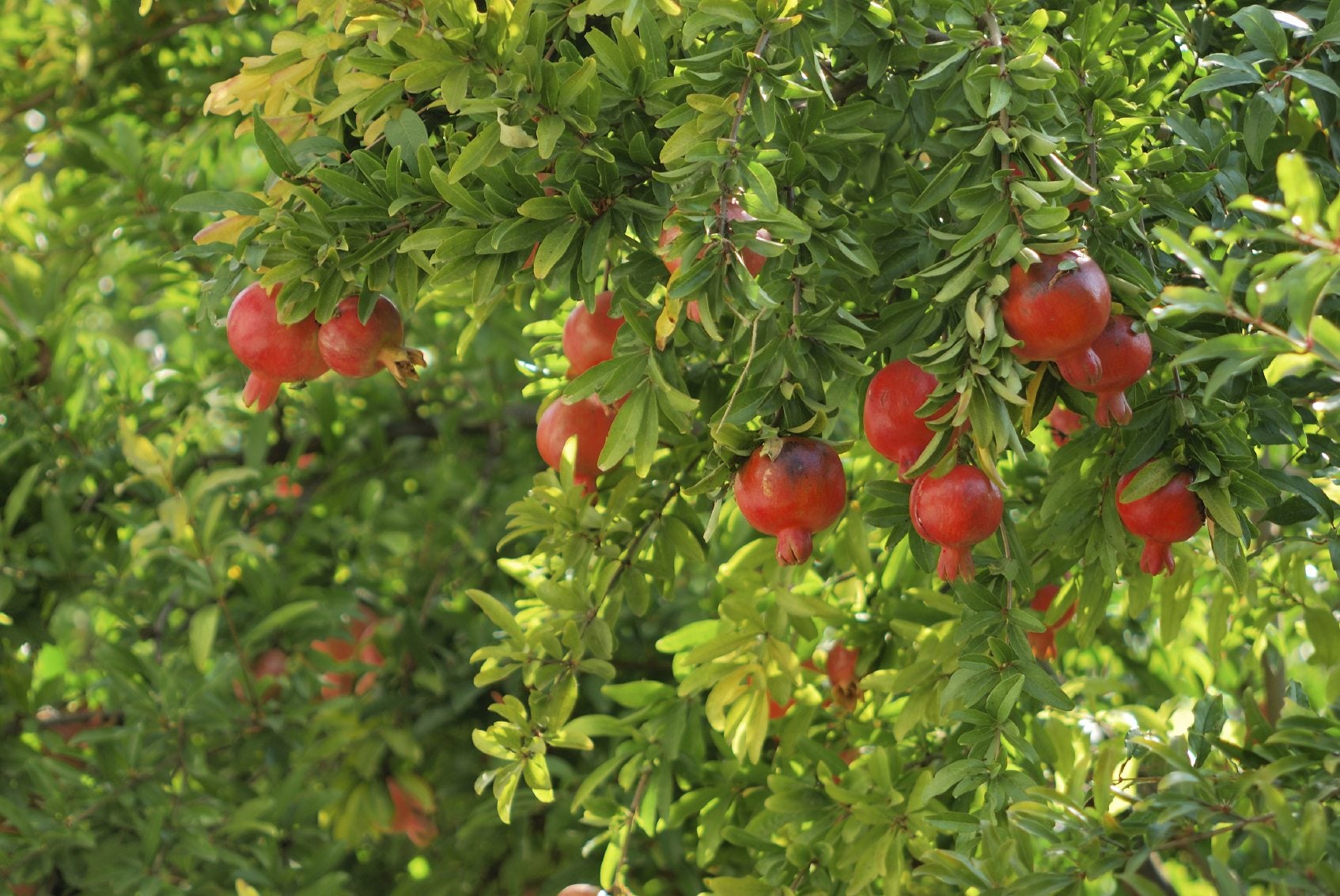
If you are lucky enough to have a pomegranate or two in the garden, you may wonder what to feed pomegranate trees or if there is even any need in feeding pomegranates. Pomegranates are fairly hardy tropic to sub-tropic plants that are tolerant of dry, hot conditions and oft inhospitable soils, so do pomegranates need fertilizer? Let’s find out.
Do Pomegranates Need Fertilizer?
There is not always a need for fertilizer for pomegranate trees. However, if the plant is doing poorly, especially if it is not setting fruit or production is minimal, a fertilizer for pomegranate trees is recommended. A soil sample may be the best way to determine if the pomegranate tree is really in need of supplemental fertilizer. The local Extension office may provide soil testing services or, at the very least, be able to advise where to purchase one. Also, some basic knowledge of pomegranate fertilizing needs is helpful.
Pomegranate Fertilizing Needs
Pomegranates thrive in soils with a pH range from 6.0-7.0, so basically acidic soil. If the soil results indicate the soil needs to be more acidic, apply chelated iron, soil sulfur or aluminum sulfate. Nitrogen is the most important element that pomegranates need and the plants may need to be fertilized accordingly.
What to Feed Pomegranate Trees
First and foremost, pomegranate trees need adequate water, especially during the first few years as they establish. Even established trees need additional irrigation during dry spells to improve growth not to mention fruit set, yield, and fruit size. Don't fertilize pomegranates during their first year when you initially plant the tree. Mulch with rotted manure and other compost instead. In their second year, apply 2 ounces (57g.) of nitrogen per plant in the spring. For each successive year, increase the feeding by an additional ounce. By the time the tree is five years old, 6-8 ounces (170-227 g.) of nitrogen should be applied to each tree in late winter prior to leaf emergence. You can also go “green” and use mulch and compost to add nitrogen as well as other micronutrients beneficial to pomegranates. These gradually break down in the soil, continuously and slowly adding nutrition for the plant to uptake. This also lessens the possibility of burning the shrub with the addition of too much nitrogen. Too much fertilizer will cause an increase in foliage growth, lessening overall fruit production. A little fertilizer goes a long way and it is better to underestimate than overestimate.
Gardening tips, videos, info and more delivered right to your inbox!
Sign up for the Gardening Know How newsletter today and receive a free copy of our e-book "How to Grow Delicious Tomatoes".

Amy Grant has been gardening for 30 years and writing for 15. A professional chef and caterer, Amy's area of expertise is culinary gardening.
-
 Terrifically Tubular Flowers For Hummingbirds: 9 Tube-Flowered Plants To Attract Hummers
Terrifically Tubular Flowers For Hummingbirds: 9 Tube-Flowered Plants To Attract HummersGrowing tubular flowers for hummingbirds helps you create the optimum feeding conditions for your winged friends. Here are nine tubed delights for hummers
By Tonya Barnett
-
 How To Grow Hydroponic Tomatoes For Fresh Indoor Harvests – No Soil Required
How To Grow Hydroponic Tomatoes For Fresh Indoor Harvests – No Soil RequiredLearning how to grow tomatoes in water is easy and allows you to harvest fresh-home-grown produce in every season without any mess.
By Ellen Wells
-
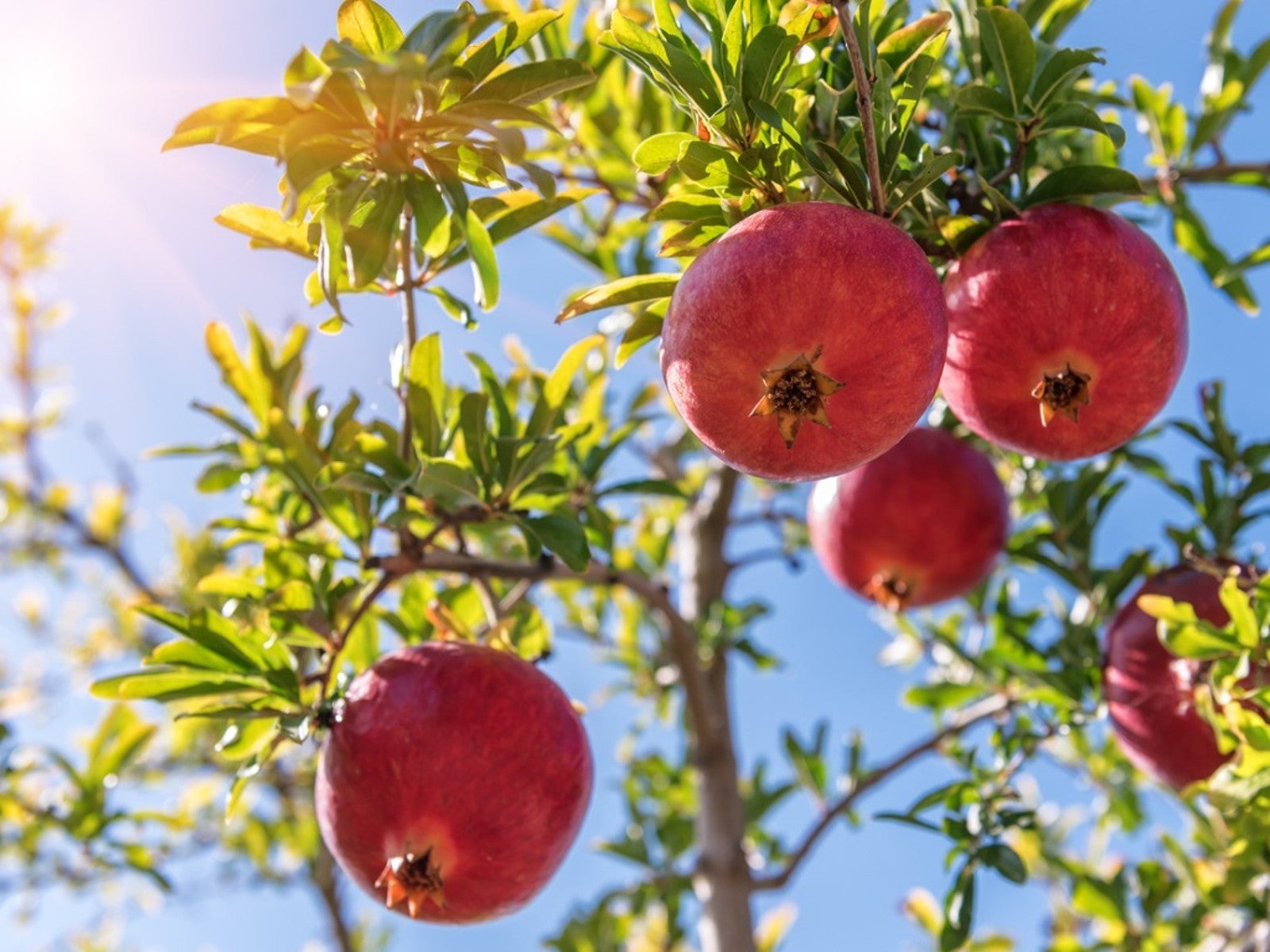 Replanting Container Grown Pomegranate – Tips On Transplanting Potted Pomegranates Outside
Replanting Container Grown Pomegranate – Tips On Transplanting Potted Pomegranates OutsideIt’s pretty easy to transplant a potted pomegranate outdoors. Click for more information on moving a potted pomegranate.
By Teo Spengler
-
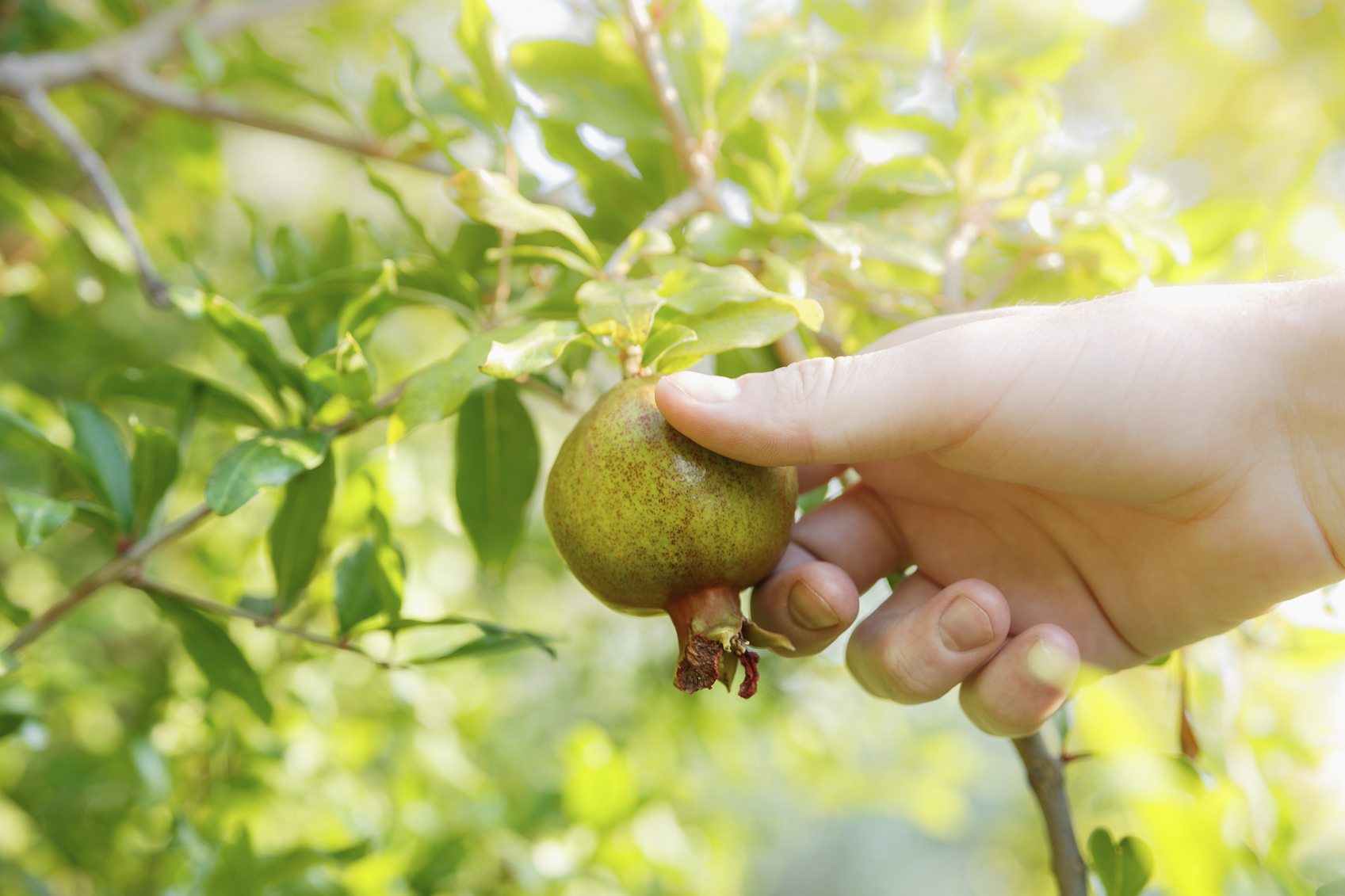 Picking Pomegranates – Learn About Harvesting Pomegranate Fruit
Picking Pomegranates – Learn About Harvesting Pomegranate FruitPomegranates have become so popular that many people in USDA zones 7-10 are trying their hand at growing and picking their own pomegranates. So how and when do you harvest pomegranates? Click this article to learn more.
By Amy Grant
-
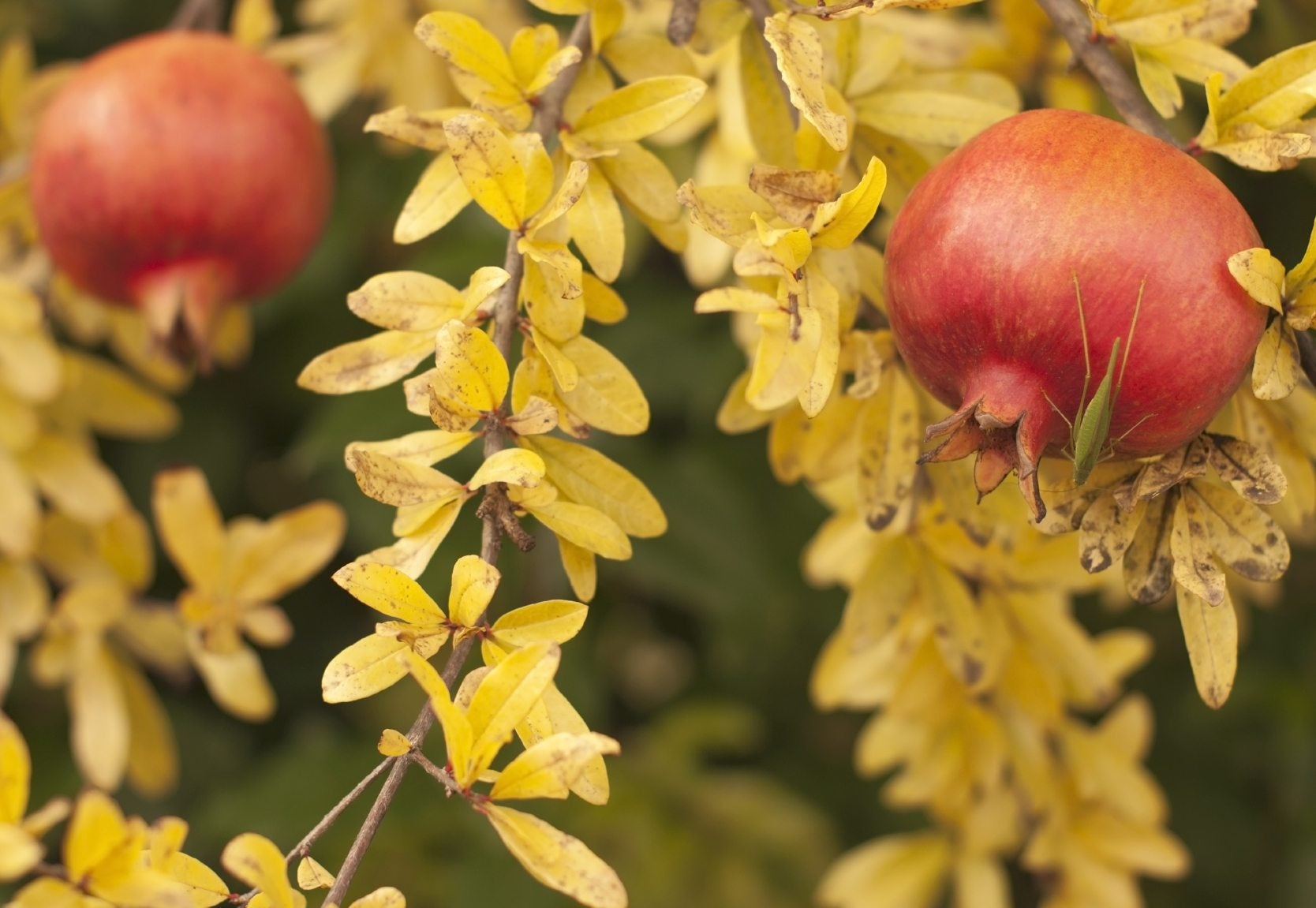 Yellowing Leaves On Pomegranate: Why Pomegranate Leaves Turn Yellow
Yellowing Leaves On Pomegranate: Why Pomegranate Leaves Turn YellowGrowing a pomegranate tree can be a rewarding experience filled with delicious fruits and beautiful juice, but growing these fruit trees isn't all paradise. If your plant is looking a little off, with yellowing leaves, click here to learn how to save it.
By Kristi Waterworth
-
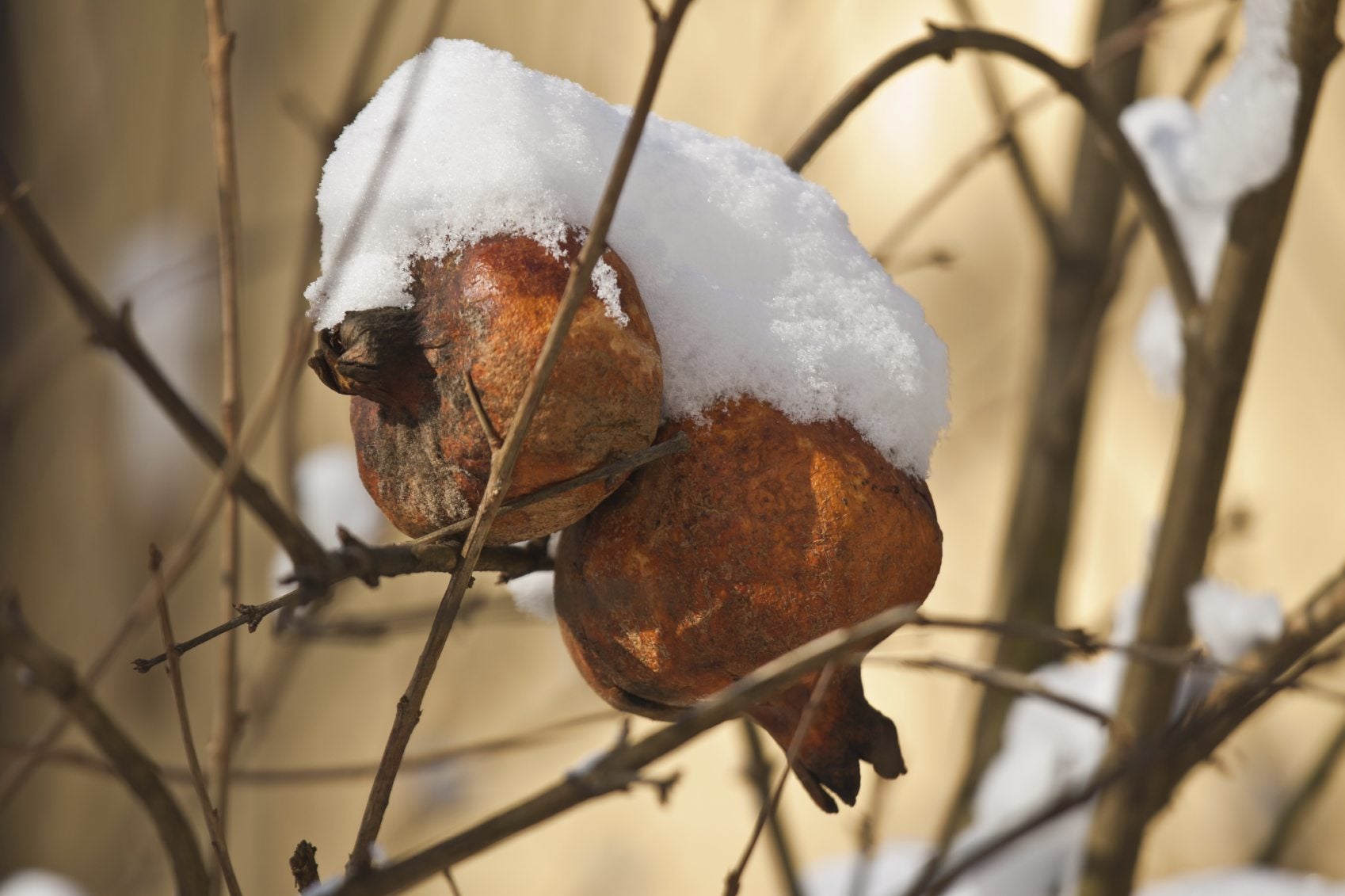 Pomegranate Winter Care: How To Care For Pomegranate Trees In Winter
Pomegranate Winter Care: How To Care For Pomegranate Trees In WinterPomegranates hail from the far eastern Mediterranean so as you may expect they appreciate plenty of sun and should be protected in the winter time. How do you go about overwintering pomegranate trees? Find out in this article.
By Amy Grant
-
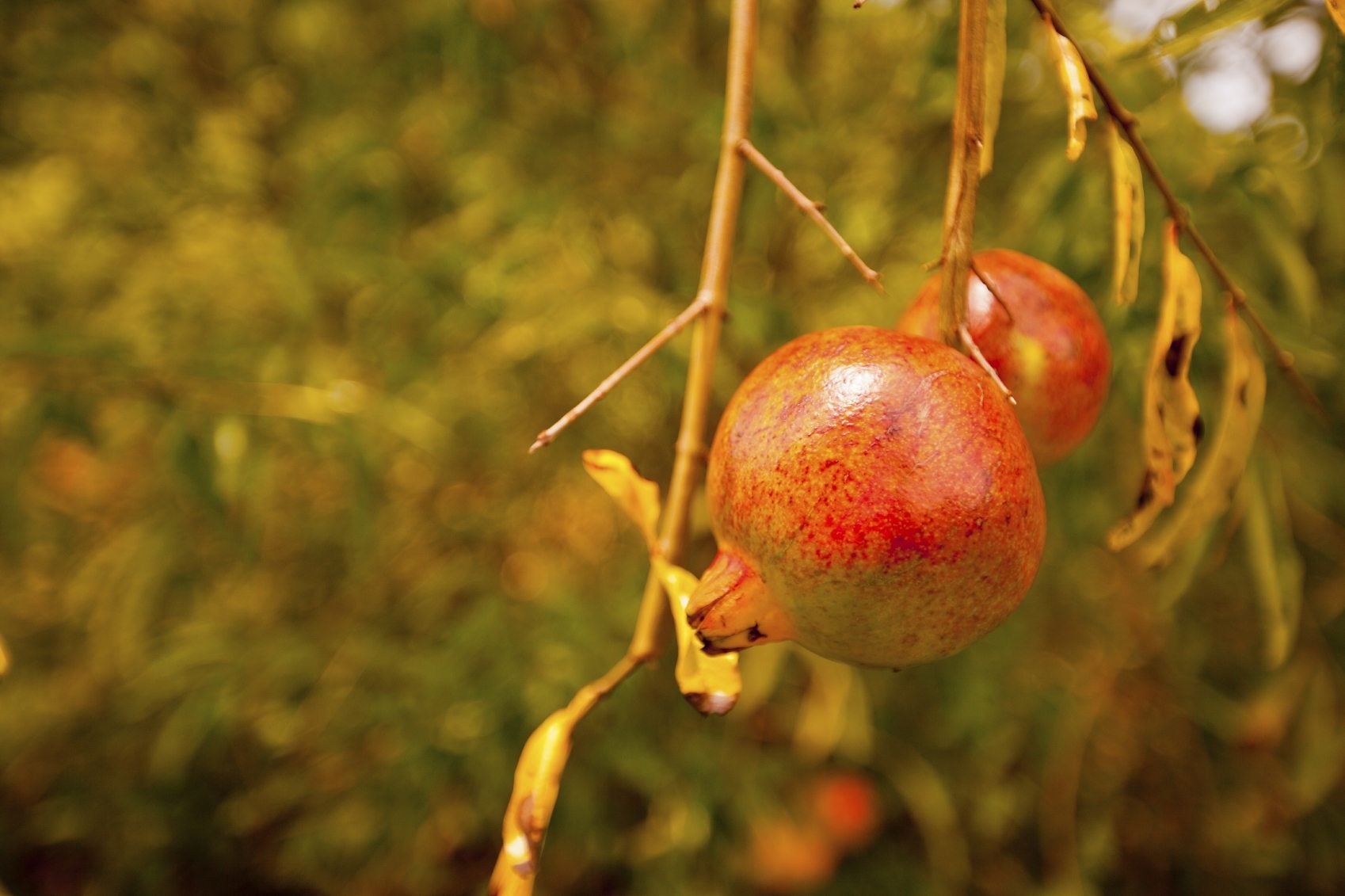 Pomegranate Tree Leaves Falling Off: Why Do Pomegranate Trees Lose Leaves
Pomegranate Tree Leaves Falling Off: Why Do Pomegranate Trees Lose LeavesPomegranates are typically grown for their fleshy, sweet-tart edible fruits. That being said, pomegranate leaf loss can be a frustrating problem for many gardeners. Click on the article that follows to learn why this happens.
By Karen Boness
-
 Pomegranate Tree Pruning – Learn About The Cutting Of Pomegranates
Pomegranate Tree Pruning – Learn About The Cutting Of PomegranatesIt is important to prune pomegranate trees properly if you want to increase fruit production and maintain an attractive form. Unfortunately, these two goals are in conflict. Learn more about pruning pomegranates in this article.
By Karen Boness
-
 Propagating Pomegranate Trees: How To Root A Pomegranate Tree
Propagating Pomegranate Trees: How To Root A Pomegranate TreeGrowing a pomegranate tree from cuttings is cost-free and relatively easy. Find more information about how to root a pomegranate tree from pomegranate tree cuttings in the article that follows. Click here to learn about pomegranate propagation.
By Teo Spengler
-
 Problems Of Pomegranates: Learn About Diseases In Pomegranate
Problems Of Pomegranates: Learn About Diseases In PomegranatePomegranate fungal diseases are a common issue in plants grown in wet regions. Other diseases in pomegranate are rarer and not permanently damaging to the tree. Learn the problems of pomegranates in this article. Click here for more info.
By Jackie Carroll